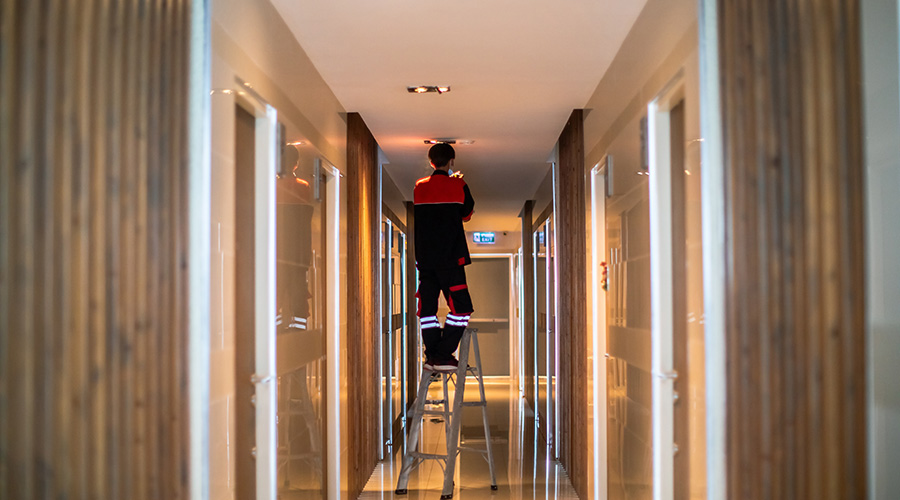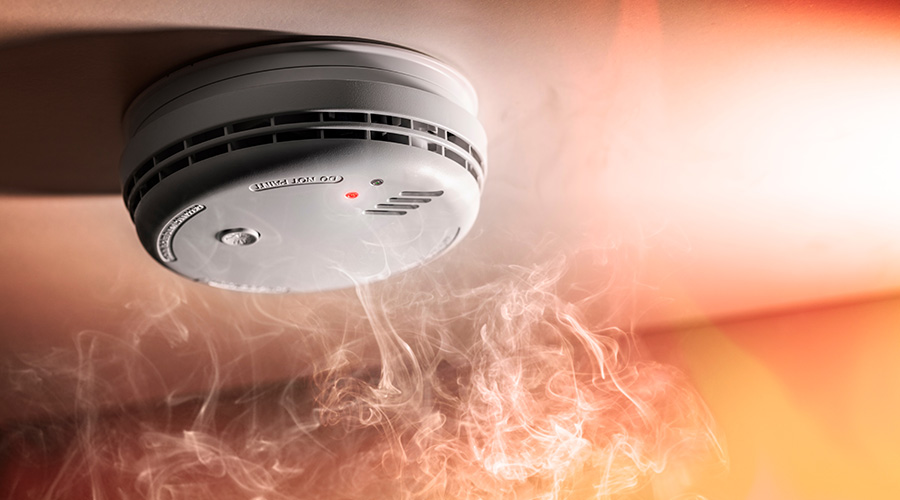AHJs: Complications for FMs
There are many authorities having jurisdiction (AHJs) for health care facilities. These include:
- Local building departments
- Local fire departments
- Zoning departments
- State licensing authorities
- State or regional health care capacity regulators
- Center for Medicare and Medicaid Services (CMS)
- The Joint Commission (TJC)
- Det Norske Veritas (DNV)
- Insurance carriers for property and health care insurance
This wide range of AHJs creates complications for facility managers. Zoning, capacity regulations and health care insurance carriers deal less with the built environment than with building location, bed counts and services. But the other AHJs focus on buildings. And there are important differences in the requirements of different AHJs.
The building and fire department codes, in general, are based on the International Code Conference (ICC) family of codes. State licensing, CMS, TJC, and DNV base their requirements for code compliance on NFPA 101: Life Safety Code, 2000 edition. Although defend-in-place concepts using both active and passive fire protection systems are used in both NFPA 101 and the ICC codes, there are some major differences between the two. Compliance with ICC codes does not assure compliance with NFPA 101, nor does compliance with NFPA 101 assure compliance with ICC codes. These code conflicts create compliance challenges. For example, NFPA 101 - 2000 edition has a limit of 150 feet for travel distance from a room door to corridor to an exit, with a total travel distance not to exceed 200 feet in a sprinklered hospital. The International Building Code allows a total travel distance of 200 feet in a sprinklered hospital. There are building layouts that have a travel distance greater than 150 feet from room door to corridor to exit but that have been approved by building code officials, although that distance does not comply with NFPA 101.
CMS is the primary AHJ for ongoing verification of compliance for existing health care facilities. TJC and DNV have "deemed" status, which means CMS has evaluated the criteria TJC and DNV use to accredit facilities and determined they meet or exceed the CMS criteria.
— Michael A. Crowley
Related Topics:















